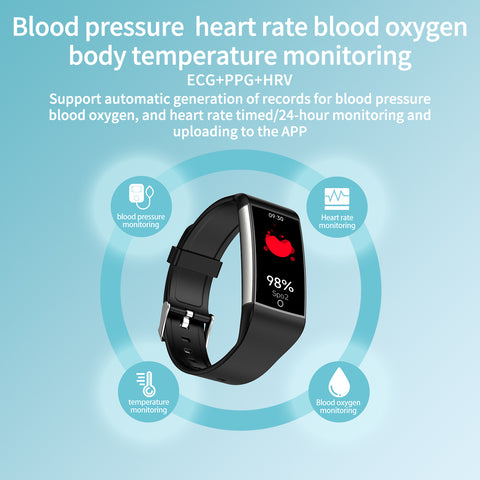Understanding Resting Heart Rate: Is Your Body Recovering from Exercise?
When diving into the world of running and fitness, heart rate is an unavoidable topic. Most fitness enthusiasts focus on the role of "maximum heart rate" during exercise but often overlook the importance of "resting heart rate" before and after workouts.
What Is Resting Heart Rate?
Resting heart rate (RHR) refers to the number of heartbeats per minute while you are at rest. According to Dr. Brian Mikolasko, Medical Director at Brown University's Warren Alpert Medical School, checking your resting heart rate is one of the simplest and quickest ways to gauge your heart health.
Generally, a normal resting heart rate ranges from 60 to 100 beats per minute. However, this range is not fixed and can vary due to several factors such as age and environment. For instance, children's heart rates can fluctuate widely, with a one-month-old's heart rate ranging from 70 to 190 beats per minute. As they age, this range gradually narrows. By the age of 9, it ranges from 70 to 110 beats per minute, and for those aged 10 and above, it stabilizes between 60 and 100 beats per minute.
Endurance athletes like marathon runners, swimmers, cyclists, and triathletes often have significantly lower resting heart rates. For these athletes, a resting heart rate between 38 to 42 beats per minute is common. However, this rate would be considered too low for the average person.
Is Your Resting Heart Rate Too Low?
Many people who engage in running and fitness hear that aerobic exercise enhances cardiovascular health, leading to a lower heart rate over time. This lowered rate refers to the resting heart rate. For endurance athletes like marathon runners, swimmers, cyclists, and triathletes, it's common to have an RHR between 38 to 42 bpm. However, this rate is too low for the general population and might indicate bradycardia (a slower-than-normal heart rate) if it drops below 60 bpm without consistent endurance training.
Using Resting Heart Rate to Assess Recovery
Why do athletes often have a lower RHR? Dr. Roberts explains that training increases heart size, enabling it to pump more blood with each beat to support intense physical activity. However, if training ceases due to illness or injury, the RHR can rise, and the athlete must retrain to lower it again.
Fitness coach Emily Abbate suggests that by measuring your RHR every morning, you can determine whether your body has adequately recovered from previous workouts. If your RHR returns to its average value within 1-2 days post-exercise, your training load is appropriate. If it remains elevated, you may need more rest or specific nutritional support to avoid overtraining.

Factors Influencing Resting Heart Rate
Several external factors can influence RHR. Weather, dehydration, and sleep patterns are significant contributors.
-
Weather: Hot weather can increase your heart rate, even without strenuous activity. Conversely, cold weather makes it harder to elevate your heart rate. For example, running in a colder climate can result in lower heart rates than in warmer conditions. It’s advisable to arrive at your race destination a few days early to allow your body to adjust to the new temperature, especially if there's a significant difference from your home environment.
-
Dehydration: Dehydration forces your heart to work harder to circulate blood, increasing your heart rate. This explains why exercising in the heat feels more challenging than in cooler weather, often requiring shorter durations for the same intensity.
-
Sleep and Travel: Irregular sleep patterns, such as those caused by jet lag or late nights, can raise your heart rate. This effect can extend to training sessions, causing higher heart rates during workouts.
Understanding and monitoring your resting heart rate is a valuable tool for assessing your body's readiness for exercise and overall cardiovascular health. By paying attention to this often-overlooked metric, you can optimize your training and ensure adequate recovery, leading to better performance and well-being.









